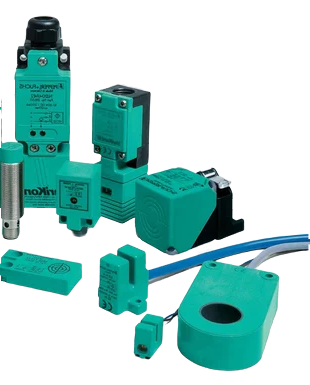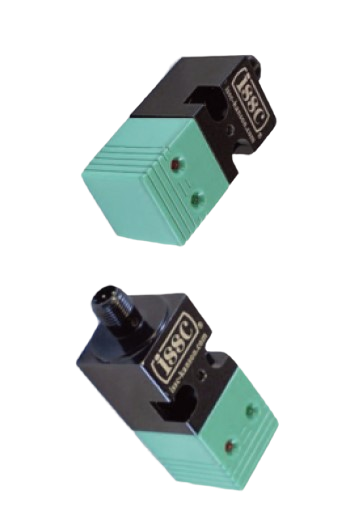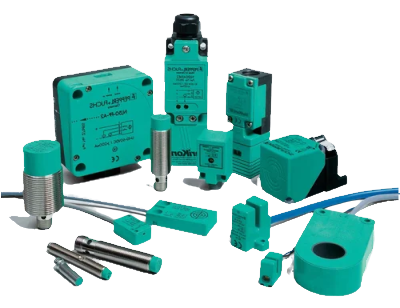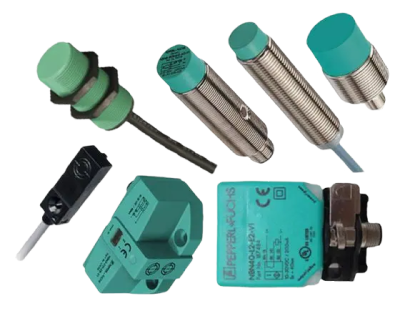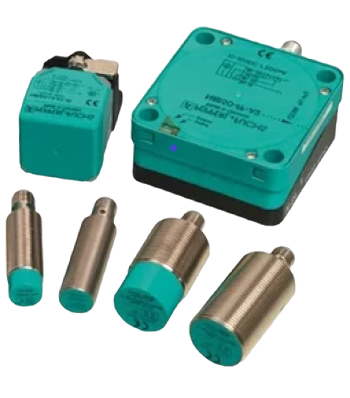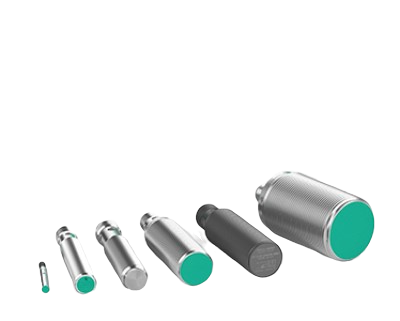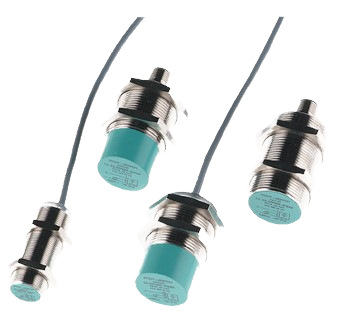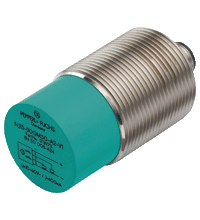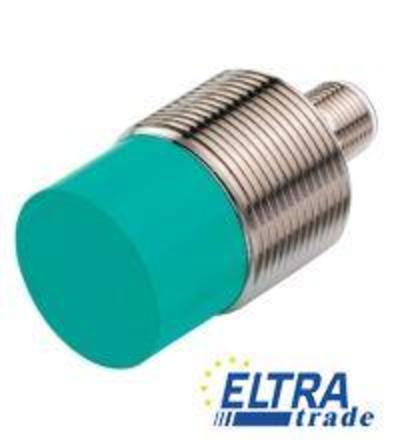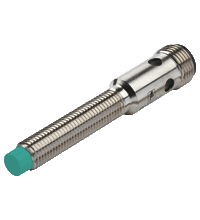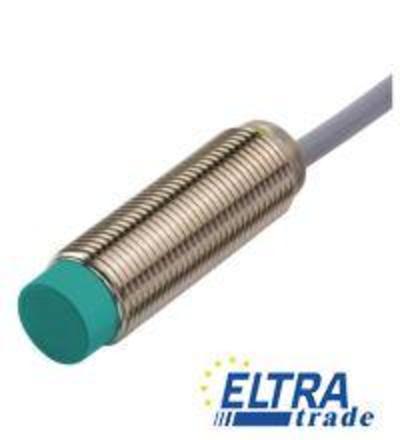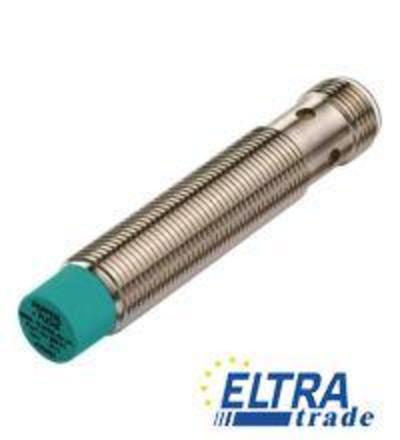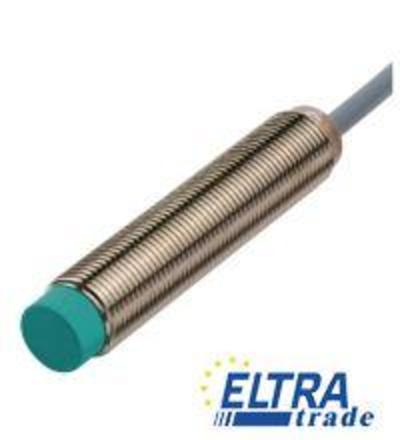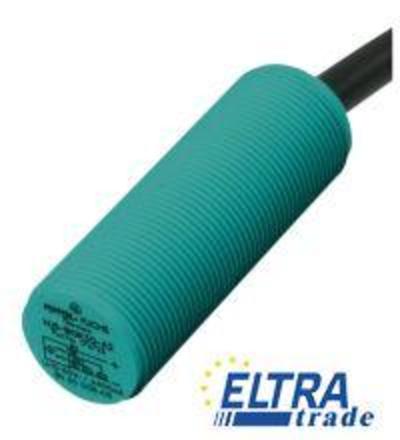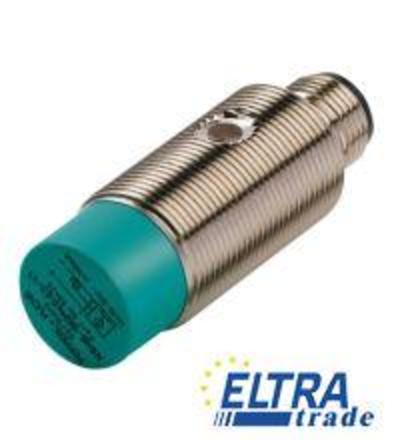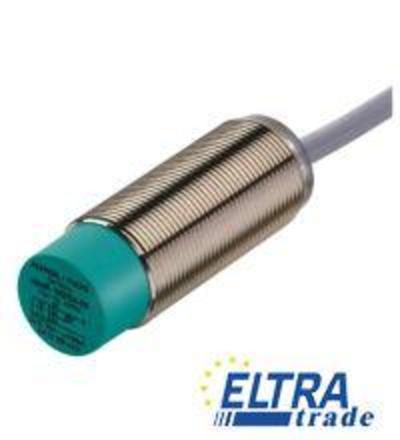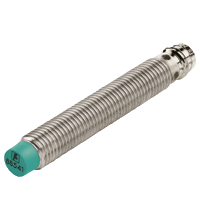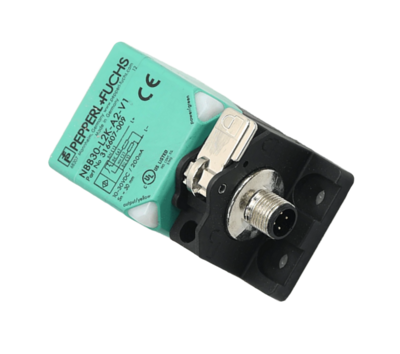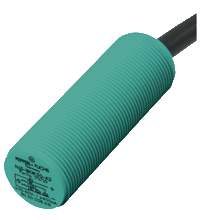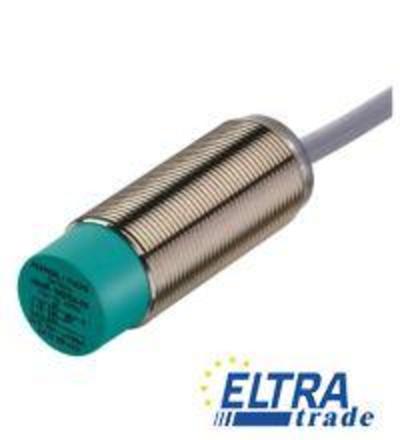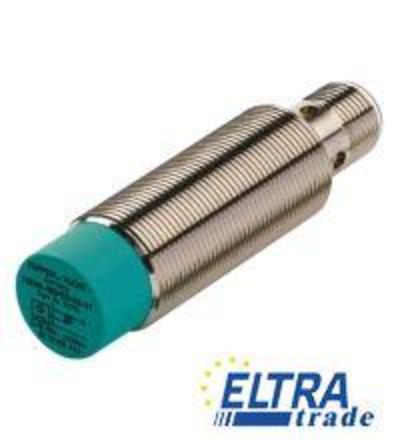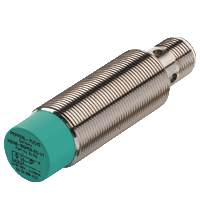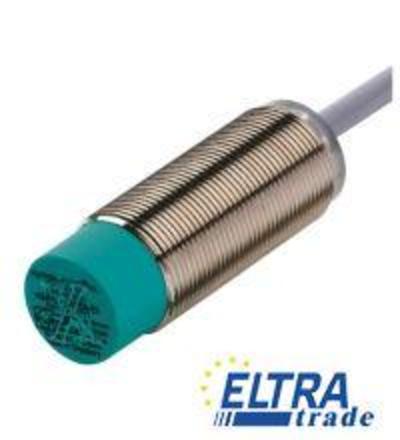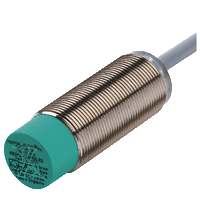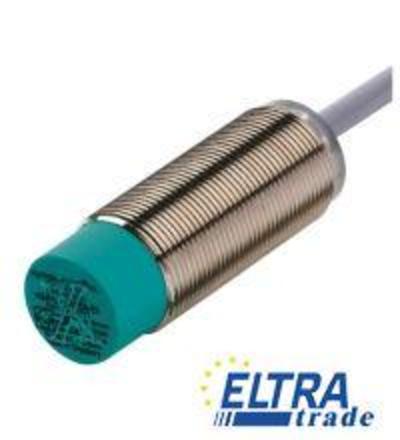Pepperl+Fuchs NBN Cylindrical sensors
Pepperl Fuchs NBN12 Sensors
- Operate in a wide temperature range
- Wide range of supply voltages
- Wide range of detection distances
- Fast response time
- Protected against dust and water
NBN15 industrial inductive sensors
- High reliability and durability
- High accuracy of metal object detection
- Used in various industries
- Among the most affordable inductive sensors on the market
NBN25 inductive sensors
- High accuracy
- Low cost
- Wide range of additional options
nbn3
- Long operating range
- High sensitivity
- Wide operating temperature range
- High resistance to contamination
NBN4 sensors are used for:
- Level control
- Position control
- Absence of objects
- Size of objects
nbn40
- Low cost
- Easy integration
- Wide range of options
- Durability
NBN7 sensors are used:
- Liquid level control
- Monitoring the presence of objects
- Monitoring the position of objects
- Control of the speed of objects
- Product quality control
NBN8 inductive sensors
- Made of high quality materials
- Provide high measurement accuracy
- Used in various industries
- Easy to install and maintain
Inductive sensor
Series: Cylindrical type, Housing diameter: 12 mm, Housing material: brass, nickel-plated, Rated operating distance: 4 mm, Connection type: cable PVC , 2 m, Output type: 3-wire, Installation: non-flush, Type of voltage: DC
Inductive sensor
NBN2 8GM50 E2
- Output current: max. 200 mA
- Voltage drop: ≤ 1.5 V
- Short circuit protection: impulse
- Trigger time: ≤ 0.2 ms
- Trigger time: ≤ 0.2 ms
- Hysteresis: ≤ 0.1 mm
nbn50 l2k a2 v1
- Output current: Max. 2 A
- Trigger time: < 0.5 ms
- Trigger time: < 1 ms
nbn50 l2k e2 v1
- Trigger frequency: 0...40 Hz
- Output current: 200 mA
- Activation delay: < 2 ms
- Reset time: < 2 ms
- Switching voltage: 24 V DC
- 12 mm non-flush
- Extended temperature range
-40 ... +85 ?°C - E1-Type approval
- Increased noise immunity 100 V/m
- With increased sealing, protection class
IP68 / IP69K - Highly shock and vibration resistant
Series: Cylindrical type, Housing diameter: 18 mm, Housing material: brass, nickel-plated, Rated operating distance: 12 mm, Connection type: Connector M12 x 1 , 4-pin, Output type: 3-wire, Installation: non-flush, Type of voltage: DC
- Basic series
- Increased operating distance
Series: Cylindrical type, Housing diameter: 18 mm, Housing material: brass, nickel-plated, Rated operating distance: 12 mm, Connection type: Connector M12 x 1 , 4-pin, Output type: 4-wire, Installation: non-flush, Type of voltage: DC
Series: Cylindrical type, Housing diameter: 18 mm, Housing material: brass, nickel-plated, Rated operating distance: 12 mm, Connection type: Connector M12 x 1 , 4-pin, Output type: 4-wire, Installation: non-flush, Type of voltage: DC
- 12 mm non-flush
- Increased operating distance
- Extended temperature range
-40 ... +85 ?°C - With increased sealing, protection class
IP68 / IP69K - E1-Type approval
- Basic series
- Increased operating distance
- 12 mm non-flush
Series: Cylindrical type, Housing diameter: 18 mm, Housing material: brass, nickel-plated, Rated operating distance: 12 mm, Connection type: cable PVC , 2 m, Output type: 3-wire, Installation: non-flush, Type of voltage: DC
Pepperl+Fuchs is a renowned manufacturer of industrial sensors and automation products. Their NBN series typically includes inductive proximity switches that are used for a variety of industrial automation and detection applications. Below we take a closer look at NBN induction sensors.
Features and Specifications of Pepperl+Fuchs NBN Cylindrical Sensors
Now let's find out what Pepperl+Fuchs proximity sensors are.
Proximity sensors with Metal Face
A range of these sensors are housed in stainless steel housing, making them the best choice for these harsh environments. This way, devices can reduce downtime and extend service life, making your production more profitable. The Metal Face product series includes two modifications (FE) required for detecting ferrous metals and (NFE), which are necessary for detecting non-ferrous metals.
Inductive sensors with analog output
These devices are used to detect metal objects within specific operating ranges. The principle of operation is that the distance to the object is converted into an analog output signal proportional to the space. The sensors of this line have operating detection ranges from 2 to 5 mm, from 3 to 8 mm, and from 15 to 40 mm. Due to the low-temperature deviation, the sensor remains reliable and accurate even in variable environmental conditions.
AS-Interface proximity sensor
Proximity sensors with AS-Interface allow fault identification and on/off delays. Also, this equipment supports the function of controlling the internal generator. With these devices, you can connect up to 31 (2.0 specification) or 62 (2.1 specification) proximity switches to one master. Also, the sensors of this line are excellent for use in hydraulic actuators and cylinders, as they withstand pressures up to 500 bar.
Extended-range proximity sensor
Proximity sensors with extended sensing distances are needed in various situations where detecting small objects or overcoming the effect of material-dependent reduction factors is necessary. Also, sensors from this line are often used to detect through protective coatings.
NAMUR sensor
NAMUR sensors can be used in explosive environments due to the small amount that they can be used safely. Thus, the circuits in the design of which such sensors are present are intrinsically safe, but at the same time, they must be powered by an appropriate isolating amplifier.
Proximity switches for valve actuators
This sensor type is available in standard housings according to VDI/VDE 3845 and in open solutions. Such devices must be mounted on the drive, guaranteeing compactness, easy replacement, and quick connection. The sensors of this line are controlled by turning the shaft by 90°, and the state of the valve is used for feedback to the system.
Ring proximity switches
Pepperl+Fuchs ring-type sensors have a built-in coil to activate the switch when a metal object is in the circle. Usually, sensors of this type are used to detect and count small metal parts that pass through the ring proximity sensor. These devices detect ferrous (FE) and non-ferrous (NFE) metals.
Slotted proximity sensors
The slotted proximity switches presented in the Pepperl+Fuchs catalog consist of two coils sensitive to the opening of a slot. Due to the sensor's design, this type of proximity switch is less affected by the characteristics of the metal. It is also less sensitive to changes in the target position in the direction of the core axis. Thus, if the metal is placed in the slot sensor, the inductive coupling between the coils will be reduced depending on the depth of the target metal. And when the connection falls below its critical value, the proximity switch is activated.
Proximity switch IP69k
This type of sensor from Pepperl+Fuchs has a denser design that exceeds test requirements for IP67/IP68 ratings. New device features reduce the impact of high-pressure environments. Thus, the sensors function smoothly in non-standard weather conditions, which allows you to extend repeatedly device's service life.
Proximity sensor with welding field protection
Sensors used in welding installations must be highly resistant to magnetic fields and have high mechanical strength, which is necessary for harsh environmental conditions. These devices have a body made of Ryton, which protects the sensor from molten metal, and brass, which is resistant to welding.
Proximity switch with safety function
This type of Pepperl+Fuchs sensor is a NAMUR product but is equipped with an automatic safety switch in the event of a malfunction. But these safety features can only be guaranteed if you install the appropriate interface control units.
Applications of Pepperl+Fuchs NBN Cylindrical Sensors
Here are some of the typical applications of Pepperl+Fuchs NBN cylindrical sensors.
- Object detection.
- Machine automation.
- Material handling.
- Packaging industry.
- Automotive manufacturing.
- Robotics.
- Proximity switching.
- Machine safety.
- Food and beverage industry.
- Agricultural machinery.
- Conveyor systems.
Installation and Configuration of Pepperl+Fuchs NBN Cylindrical Sensors
Next, we will look at basic tips for installing and configuring cylindrical proximity sensors.
- Choose the correct sensor.
- Power off before starting the installation.
- Install the sensor in the desired location using suitable mounting hardware.
- Connect the sensor wiring to the appropriate input/output terminals or connectors on your automation system.
- After installing the sensor, make sure it is properly aligned with the target or detection surface.
- Some models of NBN cylindrical probes allow you to adjust the sensitivity range using a potentiometer or other means.
- If the sensor offers configurable outputs (eg NPN or PNP), set the output type to suit your automation system requirements.
- Some sensors have built-in LED indicators. You can use these indicators to troubleshoot and verify sensor health during the setup process.
- Once installed and configured, perform a thorough test to ensure that the sensor is correctly detecting objects within the desired range. If necessary, calibrate the sensor for accurate and reliable results.
- If the sensor is used in harsh environments, make sure it is properly protected from dust, moisture, and other environmental factors.
Maintenance and Troubleshooting of Pepperl+Fuchs NBN Cylindrical Sensors
Here are a few troubleshooting and maintenance practices for Pepperl+Fuchs proximity sensors.
- Periodically inspect the sensor for physical damage, corrosion, or contamination.
- If the sensor is installed in a harsh environment, make sure it is properly protected.
- Inspect the electrical connections and make sure they are secure and have no loose wires or damaged connectors.
- Periodically check and calibrate the sensitivity range of the sensor.
- If the sensor is subject to vibration or shock, make sure it is securely fastened.
- Clean the sensor housing and sensitive surface with a soft, lint-free cloth.
- Make sure the sensor is connected to a stable and suitable power source.
- If the sensor is equipped with LED indicators, check their status during operation.
- Inspect wiring for loose connections, damaged wires, or short circuits.
- Verify that the sensor correctly detects objects within the specified detection range.
